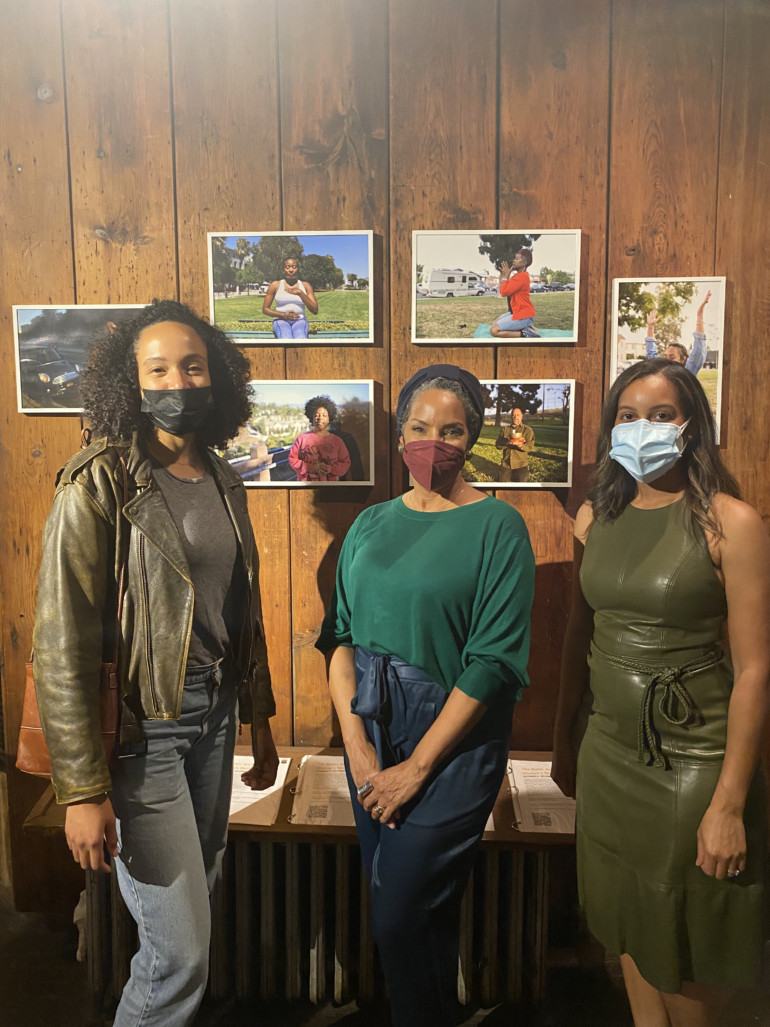On S. Michigan Ave. stands the South Side Community Art Center, a historical marker of an 80-year history (and counting) of prominent Black artists and landmark cultural movements.
The history of the center is shaped by the work of artists like Gwendolyn Brooks and Charles White and the development in the 1960s of AfriCOBRA, a coalition of Black artists that used their practices to promote pride and solidarity amongst Chicago’s Black community.
“We are the first Black arts institution in the country to primarily focus on the development of Black artists,” says Zakkiyyah Dumas-O’Neal, manager of public engagement at the SSCAC. “While there have been so many changes on the South Side that are related to gentrification, I think that it’s pretty amazing that the center has been in the same location since 1940.”
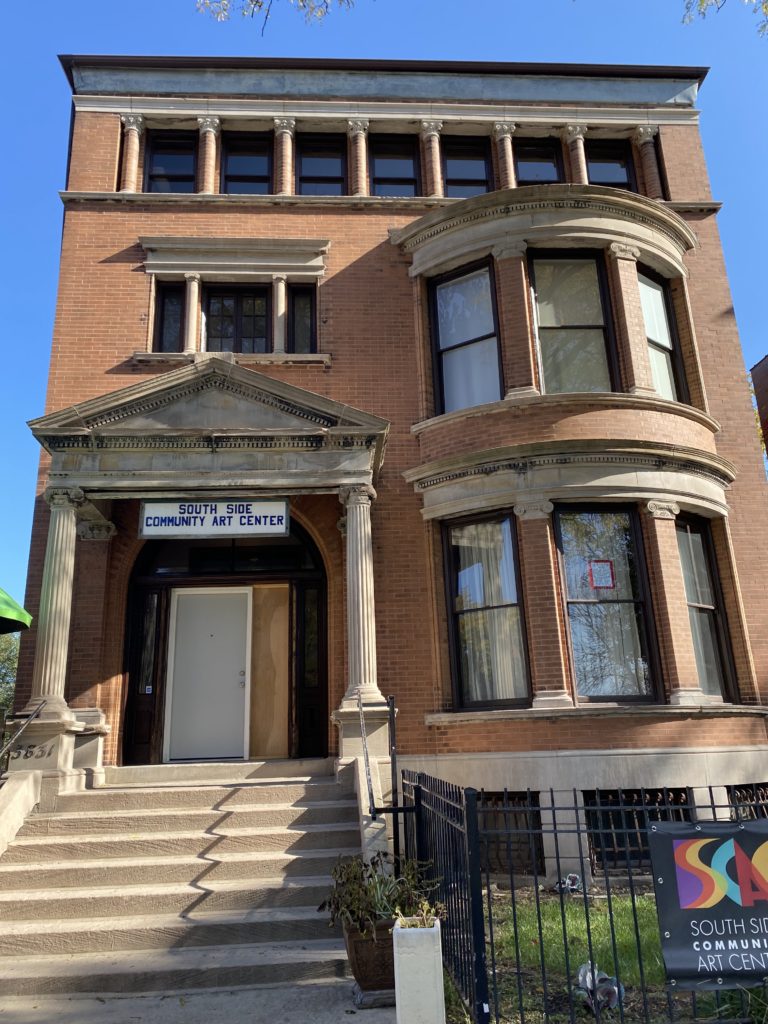
Along with carrying important cultural and artistic histories, the SSCAC currently provides a vital space for contemporary Black artists to showcase their work and foster community. A prime example is the center’s current exhibition The Balm: Art for Black Women’s Wellness.
The Balm, running until December 23, features the work of eight Black women artists who, using themes such as breath, motherhood, and medical inequity, explore what wellness can look like for Black women.
The featured artists join a rich collective of Black creatives who have displayed their work at the SSCAC.
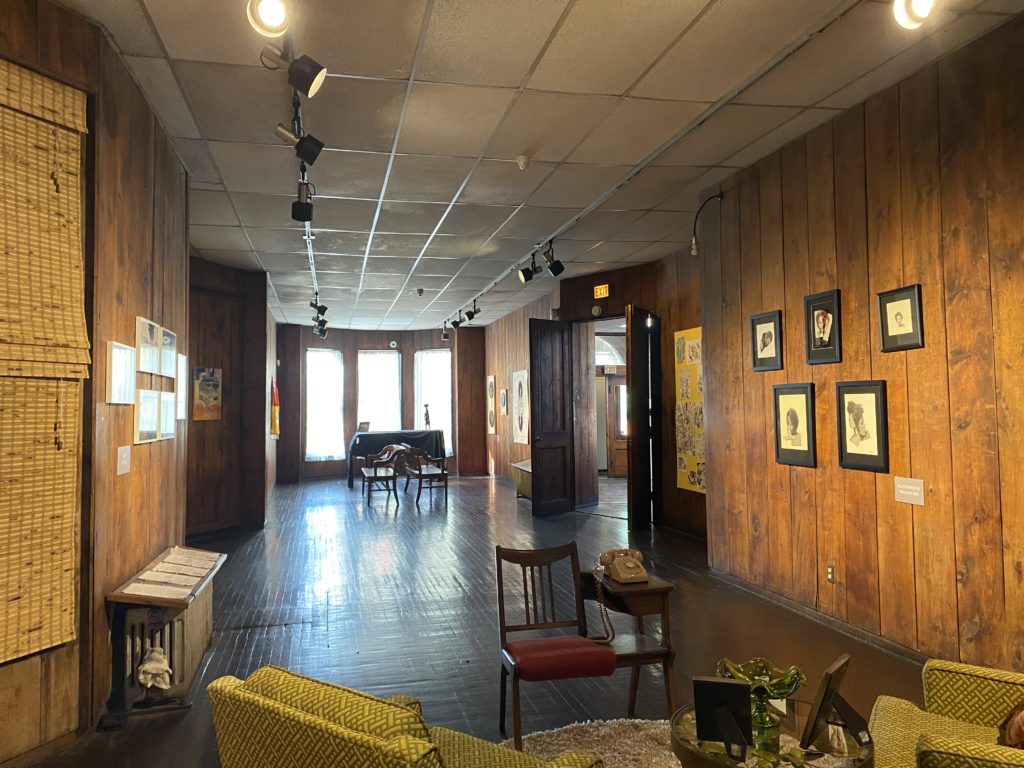
“I came into awareness of the South Side Community Art Center in 2018, and I just remember revering that space and feeling like that space was such a historic marker, not just for the city but for the world of Black art,” featured artist Janelle Dunlap says. “I feel honored knowing the history of that space and knowing that I am a part of that history.”
Chicago artist Kyrin Hobson is the curator of The Balm, in addition to having her work featured in the exhibition. As the curator, she made it her goal to build community and foster connections between the artists, she says.
“The center does not have the strongest track record of really lifting up the voices of female visual artists,” Hobson says. “I wanted to lead a project in which I was participating, shoulder to shoulder with other artists because that’s what we’re prioritizing.”
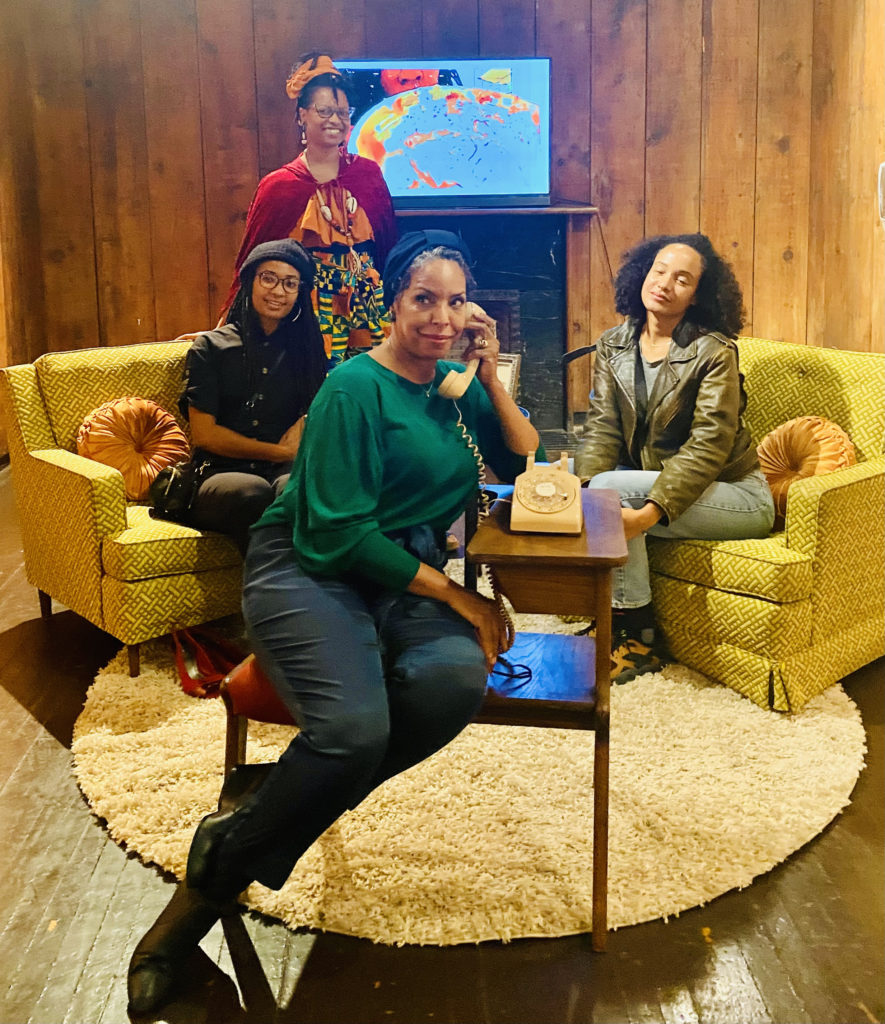
As the country is still navigating the pandemic, which has disproportionately impacted communities of color, the theme of wellness is more pertinent than ever, especially for Black women, notes featured artist Alexandria Valentine.
“I don’t think there is enough discussion about what the pandemic is doing to us emotionally and mentally,” she says. “People expect us to carry the world on our shoulders. I feel like people can’t even imagine what Black women are going through now.”
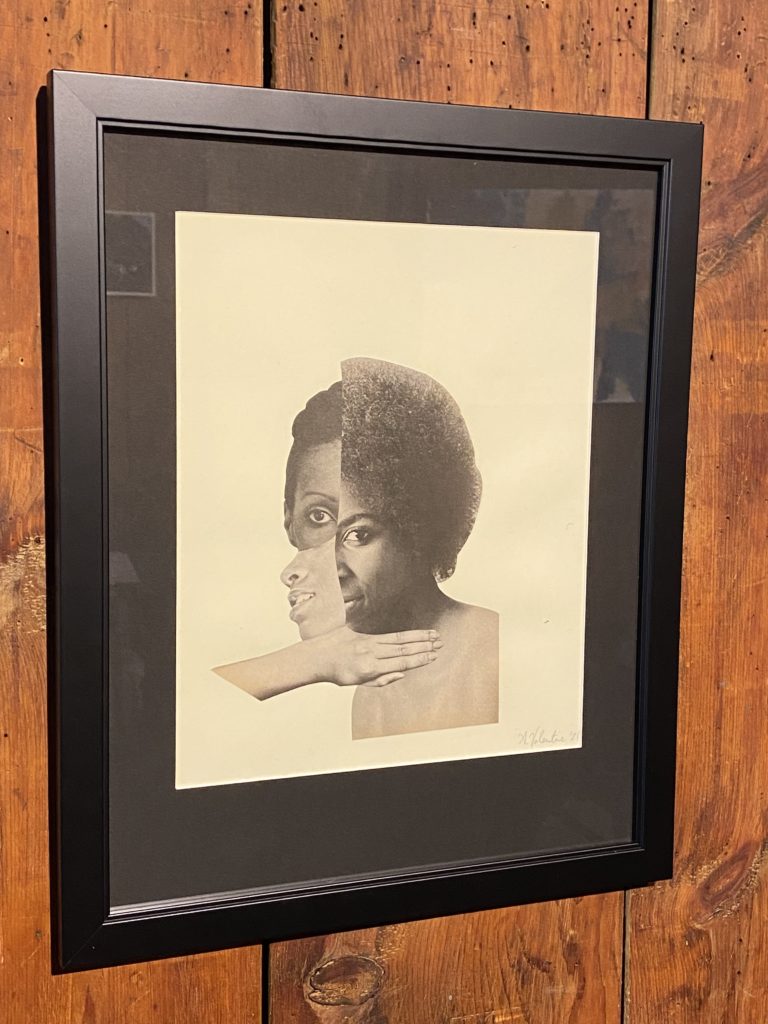
For the artists, much of their art in The Balm stems from personal experiences, some of which are painful reminders of the many obstacles that prevent Black women from prioritizing their wellness.
Ashley January, a Chicago-based artist, aims to use her art in The Balm to cultivate more conversations and interventions related to high maternal mortality and morbidity rates among Black women, spurred by her own birth experience in which she was diagnosed with preeclampsia shortly before having an emergency C-section, which resulted in her son being born seven weeks early and spending six weeks in the NICU.
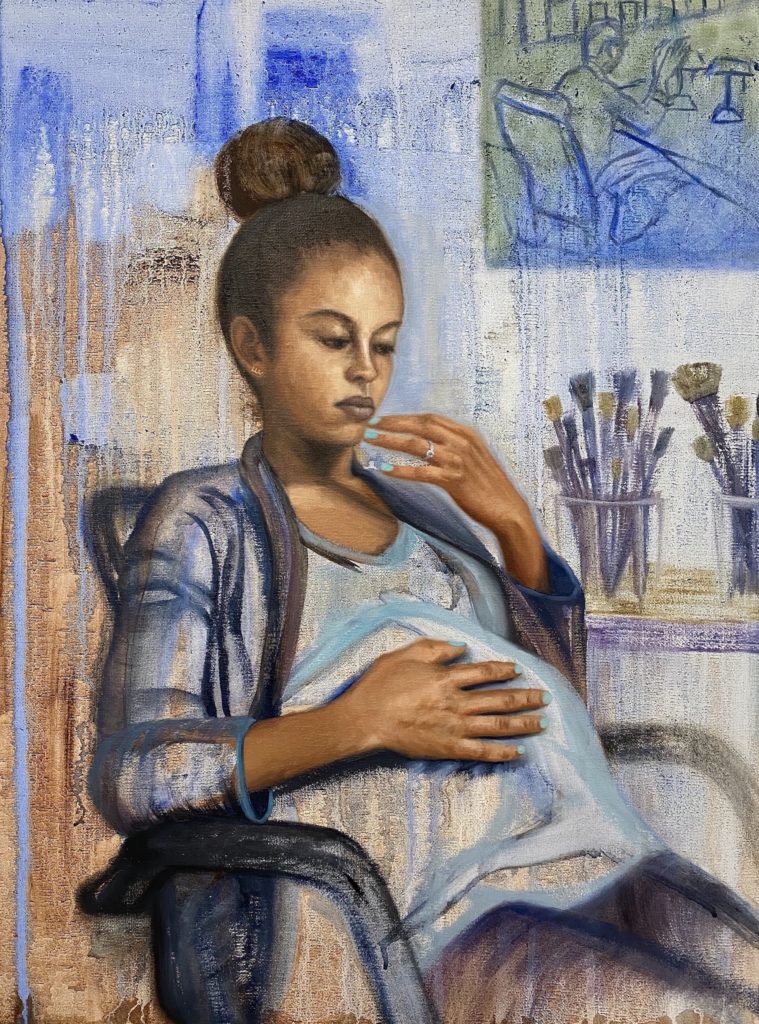
“Going through that whole experience, it really triggered an investigation for me to figure out why all of this was happening. Where did it come from? How could I have prevented it?” January says.
Unfortunately, many Black women across the U.S. can relate to some aspect of January’s birthing experience. Within the past 30 years, the overall maternal mortality rate in the U.S. has doubled, according to a report released November 15 by March of Dimes. This increase is concerning, especially when taking into account the statistic that Black women are already three times more likely to die from a pregnancy-related cause.
“This is a crisis. These are things that are happening to other mothers that I know,” January says. “I just feel with my work, it’s a call to action and it’s to bring awareness. There’s an urgency to it.”
Southern artist Jasmine Best, also explores a personal memory related to healthcare in The Balm, with her piece titled “The Doctor Found Me Funny.” The piece, which explores the dismissal of pain, was something that Best was really looking forward to sharing with viewers.
“That one comes from my earliest memory of feeling lesser than a medical professional as a child,” she says. “There’s a particular incident where I was having trouble breathing. I had a very particular cough and was struggling to breathe and the doctor laughed at my cough.”
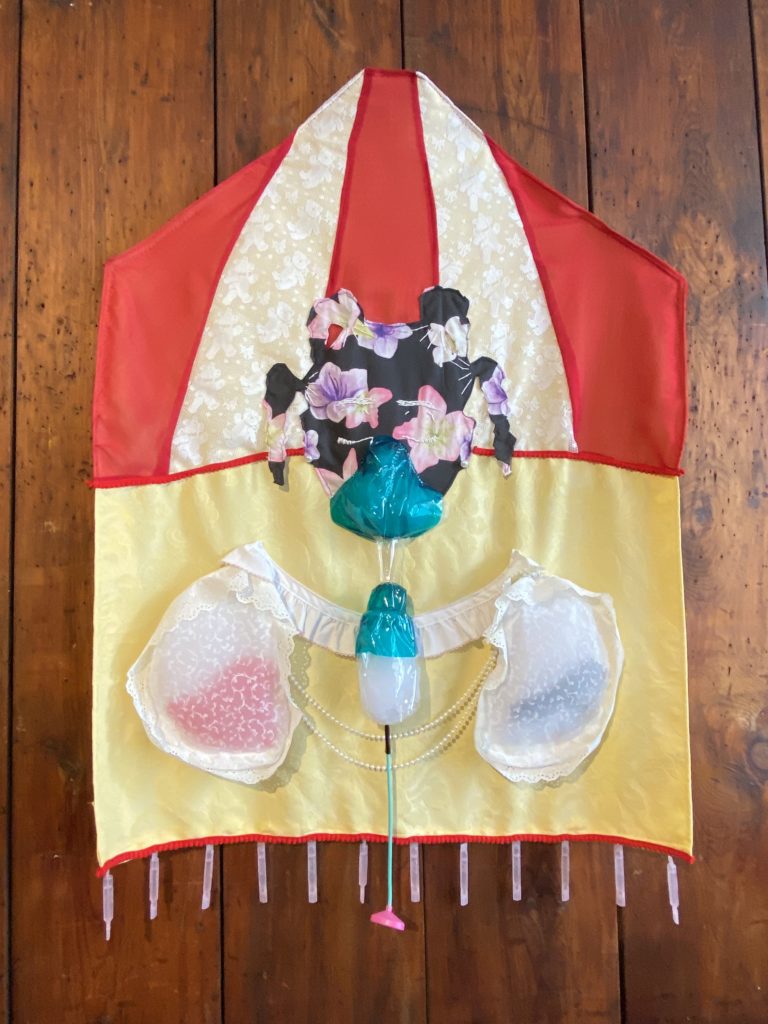
A key viewing aspect of The Balm is the use of a variety of artistic mediums. From the use of textiles, videography, and repurposed materials—viewers can look forward to the central theme of Black women’s wellness being explored through a wide range of artistic practices. Dunlap’s work is a great example, as her art explores the practice of beekeeping.
The paint that Dunlap uses in her artwork is made from the beeswax that she harvests. She also includes her beekeeping tools on display with her art, along with a video of her practicing beekeeping titled “I Wonder If My Bees Know They’re Black.”
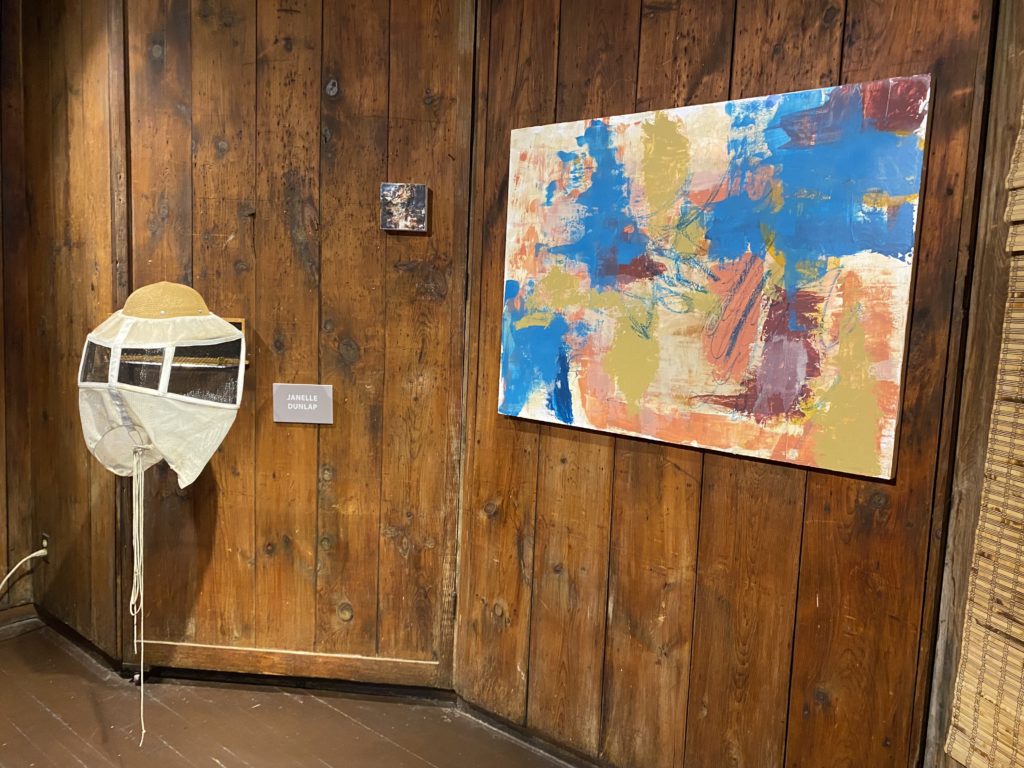
For Dunlap, beekeeping has become a meditative practice that has also provided her with several realizations related to building communities of care and the significance of matriarchal societies.
“Even though I’ve been beekeeping since 2017, a lot of things have become more clear to me in the past year, especially the power of matriarchal societies and how those societies tend to always fend better than the rival form of societal rearing.”
While visitors are welcome to view The Balm independently, the SSCAC will also be providing programming related to the exhibition throughout the month of December. On Saturdays, some of the artists will be visiting the exhibition to discuss their work with viewers. Within the exhibition room, an installation with two green chairs creates a space for visitors and the artists to sit and discuss the works.
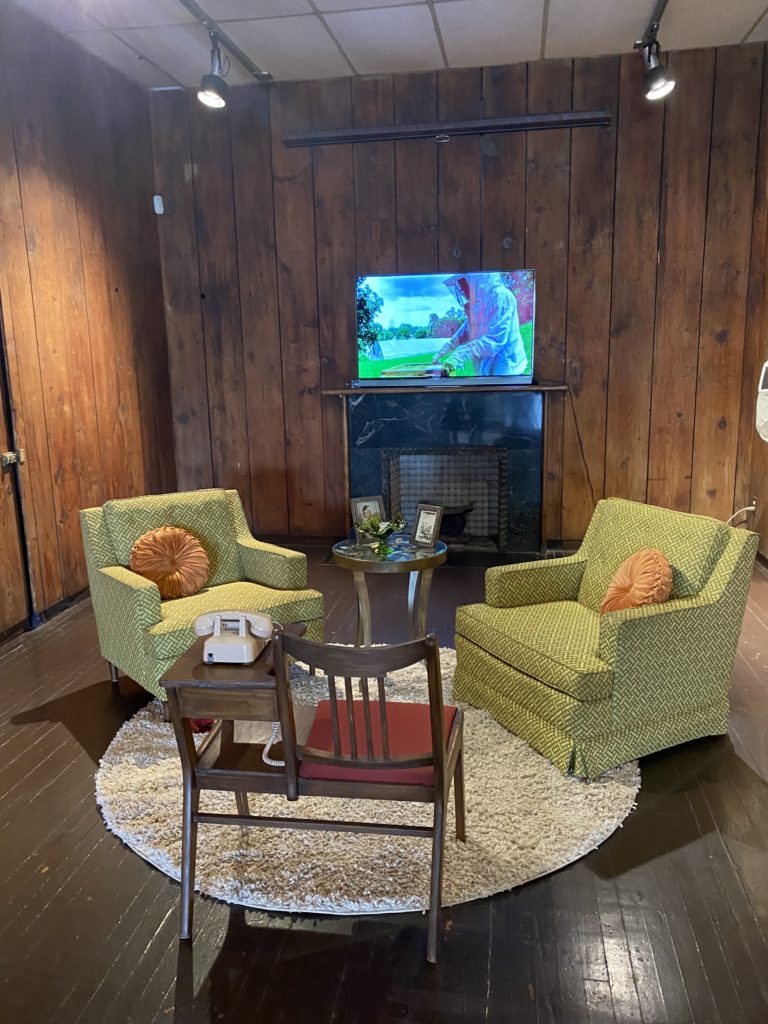
“We’re inviting artists to spend time within that installation so that visitors can sit down and have a conversation with them,” says Dumas-O’Neal. “It’s a part of a conversation to get people to engage with the artists.”
As Hobson points out, while this particular exhibition may be new and exciting to the South Side Community Arts Center, the connection that it makes between art, healing, and wellness is essentially timeless.
“It’s so impressive in terms of what they are envisioning, and achieving with their creative lives,” says Hobson. “If you look at the whole span of artistic production, it’s often centered on care and on the body. So the conceptualization of the fact that art can heal, and that artists have a role in advocating for wellness is nothing new.”
For more information about The Balm and future programming, visit South Side Community Art Center.
More From Better :
- 2021 Holiday Gift Guide: The Best Gifts for Everyone on Your List
- 2021 Gift Guide: The Best Jewelry Gifts to Dazzle Your Loved Ones
- Announcing the Winners of the 2021 Make It Better Foundation Philanthropy Awards

Melissa Perry is a senior journalism and international studies major from Northwestern University. Raised in Mt. Sterling, Illinois, Melissa is a proud Midwest girl through and through with a lifelong love for dance and the arts!
